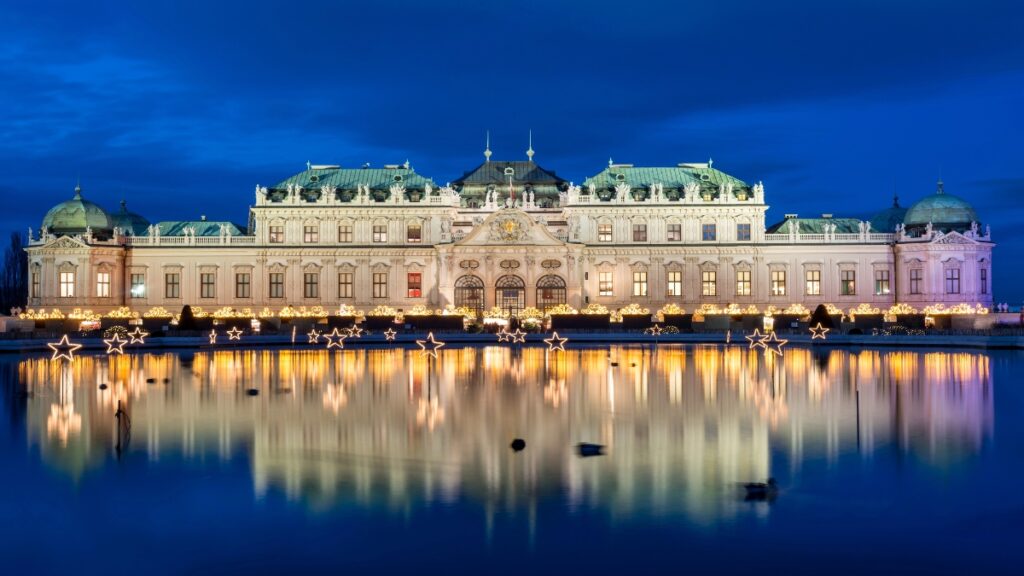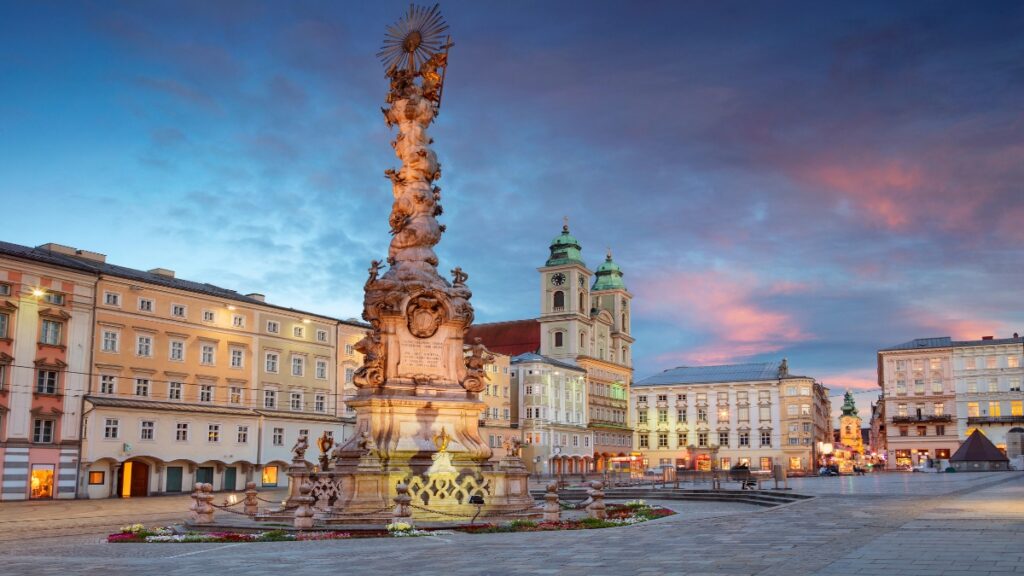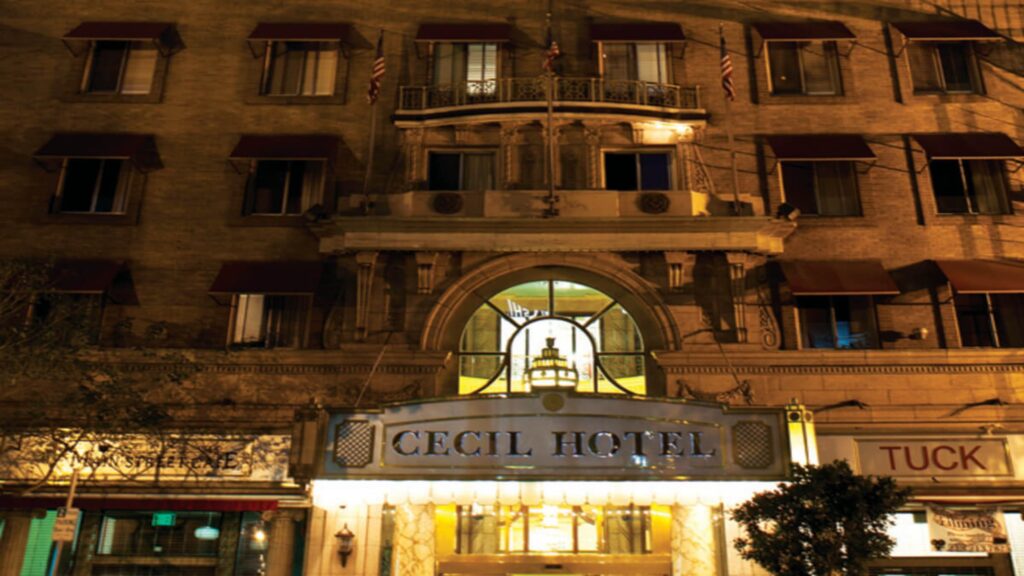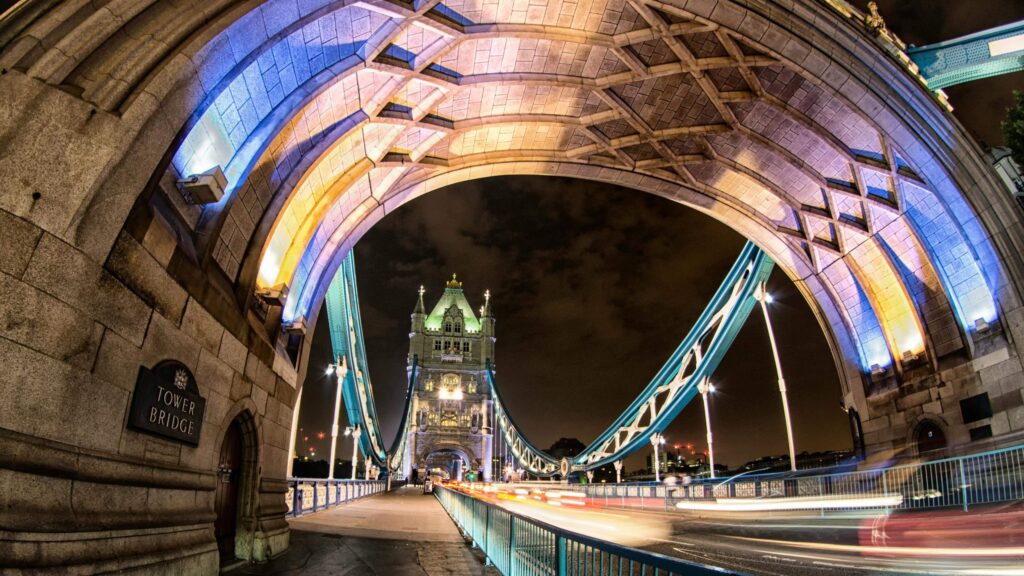
As I wandered through the snow-dusted streets of Salzburg, Austria one December evening, I never expected to come face-to-face with horned demons racing through the darkness. Yet there I stood, simultaneously terrified and thrilled as my first Krampuslauf unfolded before my eyes. This unexpected encounter sparked my curiosity about what Krampus actually is and why this frightening figure plays such an important role in Alpine Christmas traditions.
Until that moment, I had only seen glimpses of these demonic creatures on social media or in passing references to European winter traditions. Thus, I decided to dive deeper into understanding this fascinating cultural phenomenon that seems so contradictory to the cheerful holiday season we typically associate with December. In particular, I was drawn to discover how these terrifying rituals have survived for centuries.
My research journey took me across several Alpine villages, specifically those nestled in the mountainous regions of Austria. The findings from my explorations uncovered a rich tapestry of folklore that paints Krampus as much more than just a scary story to frighten children. Given these discoveries, I’m excited to share what I’ve learned about this captivating tradition that continues to thrill locals and tourists alike.
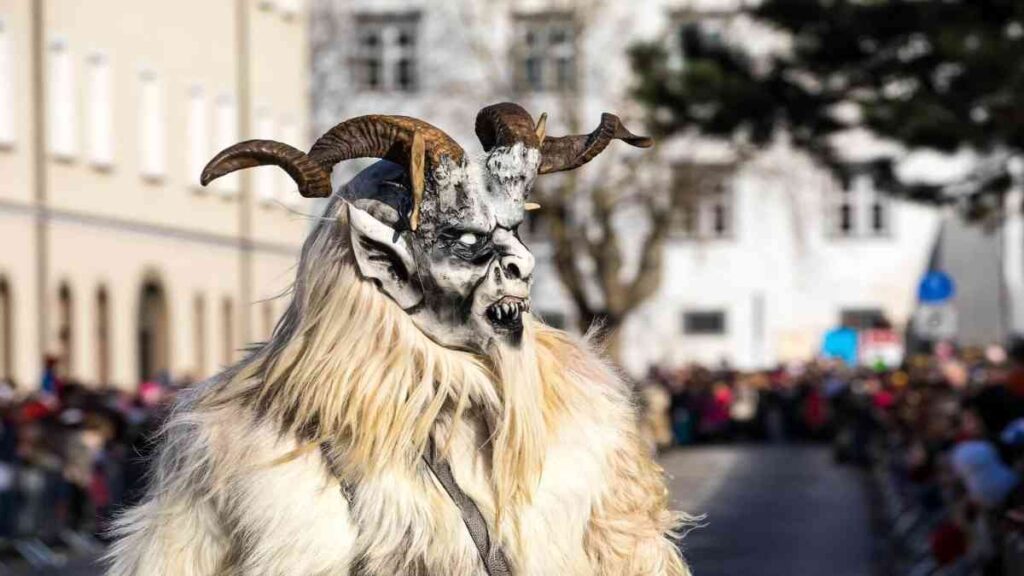
What is Krampus and Where Does it Come From?
The fearsome Krampus is a half-goat, half-demon figure deeply embedded in Alpine folklore. Notably, this horned beast serves as Saint Nicholas’ dark companion, punishing misbehaving children while the saint rewards the good ones. The name “Krampus” derives from the old German word “krampen,” which means “claw,” aptly describing the creature’s frightening physical attributes.
Unlike Santa Claus who leaves coal for naughty children in other traditions, the denomic figure takes a more direct approach. Because of this, children throughout Austria, Southern Germany, Switzerland, and parts of Northern Italy grow up fearing this creature who supposedly carries wicked youngsters away in his sack. The threat of Krampus serves as a powerful behavioral motivator throughout the year.
Historical records suggest that Krampus predates Christianity, originally emerging from pagan winter solstice rituals. The creature’s appearance—with his long tongue, chains, bells, and birch sticks for whipping—connects him to ancient fertility demons. When Christianity spread throughout the Alpine regions, rather than eliminating this figure, the church incorporated him into their traditions as Saint Nicholas’ counterpart.

The Exciting Krampuslauf Run
My first experience at a Krampuslauf (Krampus run) happened in the picturesque town of Salzburg during my winter travels. This traditional Austrian parade transformed the charming streets into a playground for costumed demons. Specifically, I remember the sounds of clanking chains and cowbells announcing their arrival long before I could see them through the evening fog.
The Krampus festival typically occurs in early December, usually around December 5th, the eve of Saint Nicholas Day. The Krampusnacht festival creates an atmosphere unlike anything I’ve experienced elsewhere. Hundreds of spectators line the streets despite the cold, eager to witness these fearsome figures running through town. If you’re planning to attend, arrive at least 45 minutes early to secure a good viewing spot.
During the parade, young men and increasingly women dress in elaborate costumes that can weigh up to 30 pounds. The participants wear hand-carved wooden masks with real animal horns, additionally enhancing their demonic appearance with sheepskins, heavy bells, and chains. When dozens or even hundreds of these figures run through the streets, the sensory experience becomes overwhelmingly intense—filled with fire, noise, and theatrical displays of mock punishment.
Regional Variations of the Krampus Parade Austria
Different Alpine regions put their own spin on the Krampus tradition. Indeed, the Krampus parade Austria style varies significantly between villages and cities. Some parades in Tyrol feature more traditional costumes made exclusively from natural materials, while others incorporate modern elements with latex masks and special effects.
The Salzburg region hosts some of the most elaborate Krampus festivals in Austria. Groups called “passes” form to create coordinated performances during the Krampuslauf. Each pass develops its own unique style, costumes, and choreography, attempting to outdo other groups with their frightening appearance and antics.
In Innsbruck’s celebrations, the figures often arrive alongside Perchten—similar horned figures associated with driving away winter spirits. Over time, these traditions have fused across regions, spawning massive Krampus runs that attract countless thrill-seeking spectators. The Innsbruck Krampuslauf has become a major tourism attraction, bringing visitors from around the world.
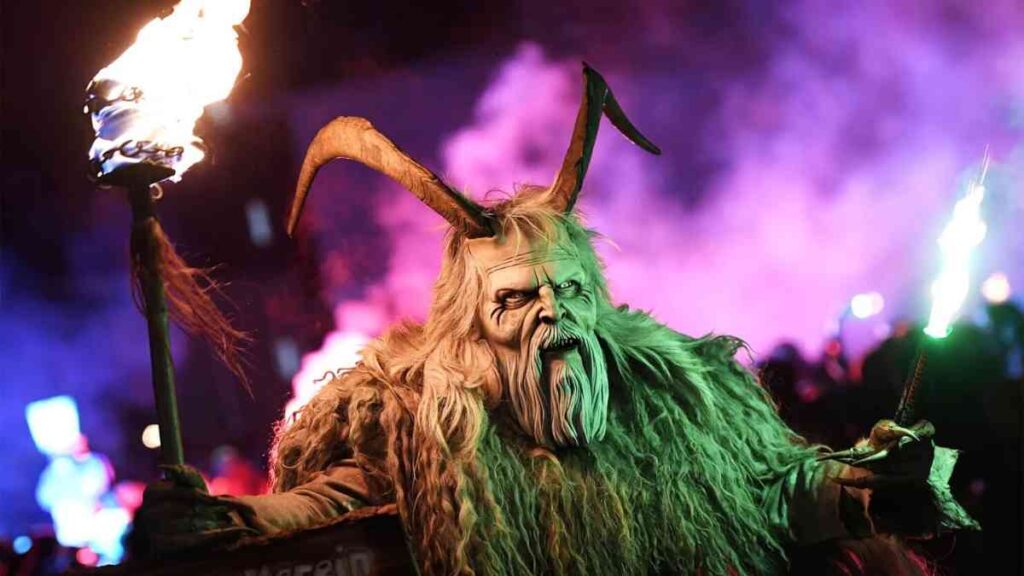
Understanding the Deeper Meaning of What is Krampus
The cultural significance of Krampus extends far beyond simple entertainment. To elaborate, this tradition represents the delicate balance between light and darkness that pervades many winter solstice celebrations. The figure’s frightening appearance serves as a physical manifestation of winter’s harshness and the dangers that historically threatened Alpine communities during the coldest months.
When analyzed historically, Krampus also reflects social control mechanisms in traditional societies. The threat of Krampus punishing misbehavior worked as an effective disciplinary tool in communities where survival depended on cooperation and adherence to social norms. Parents could simply remind children of Krampus’s impending visit to encourage good behavior.
Modern interpretations have somewhat softened the figure, gradually making him more palatable for contemporary sensibilities. Today’s Krampus appears less as a genuine threat and more as a thrilling cultural spectacle. Nevertheless, the core message remains—actions have consequences, and the darkness of winter reminds us of life’s dual nature.
Origins and Ancient Beliefs
Many scholars believe Krampus emerged from pre-Christian Alpine paganism. Upon closer examination, his appearance shares similarities with forest spirits and fertility demons found in ancient European beliefs. The creature’s birch bundles, originally fertility symbols, were later repurposed as instruments of punishment in Christian adaptations.
His demonic features connect him to nature deities that governed winter’s darkness. Some scholars connect Krampus to Norse deity Loki or the Wild Hunt—a ghostly cavalcade believed to roam during winter’s darkest days. When examining more closely, we see a fascinating example of how ancient beliefs transform rather than disappear when new religions enter a region.
The Alpine communities preserved these traditions despite periods of suppression. Throughout history, both the Catholic Church and fascist regimes attempted to ban Krampus celebrations at different points, viewing them as pagan or politically problematic. The tradition’s persistence demonstrates the deep cultural importance these winter rituals hold for Alpine peoples.

How to Experience the Festival in Austria Firsthand
Planning your visit to witness a Krampus festival Austria requires careful timing. Most authentic Krampusläufe happen between late November and December 6th, with Krampusnacht (December 5th) hosting the largest celebrations. Accommodations in popular destinations like Salzburg, Innsbruck, or Schladming book up months in advance. Hence, secure your lodging early if you intend to participate.
For first-time viewers, I recommend starting with one of the more organized urban events. The Salzburg and Innsbruck Krampus parades offer excellent introduction to the tradition while providing some protections for spectators. This way, you’ll experience the thrill without finding yourself unexpectedly cornered by an enthusiastic Krampus performer—something that happened to me in a smaller village celebration!
Remember to dress appropriately for these outdoor winter events. Above all, temperatures in Alpine regions drop significantly after sunset when most Krampusläufe occur. Layered clothing, waterproof footwear, and warm accessories become essential for enjoying the spectacle comfortably. Don’t let inadequate preparation distract you from the extraordinary cultural experience unfolding before you.
Tips for Photographing the Krampus Parade
Capturing good photos at a Krampus parade Austria presents unique challenges. Obviously, the combination of fast movement, low light, and crowds makes photography difficult. The most successful images come from securing positions near street lamps or at corners where figures slow down to turn.
Technical preparation matters tremendously for night photography of this nature. Bringing a camera with good low-light capabilities and a fast lens will dramatically improve your results. Ideally, check your equipment before attending and consider practicing night photography techniques in advance.
During the event, respectful photography enhances everyone’s experience. For instance, avoid using flash directly on performers as it can be disorienting and potentially dangerous when they’re running with limited visibility through their masks. You’ll get better cooperation from performers if you’re considerate with your photography approach.
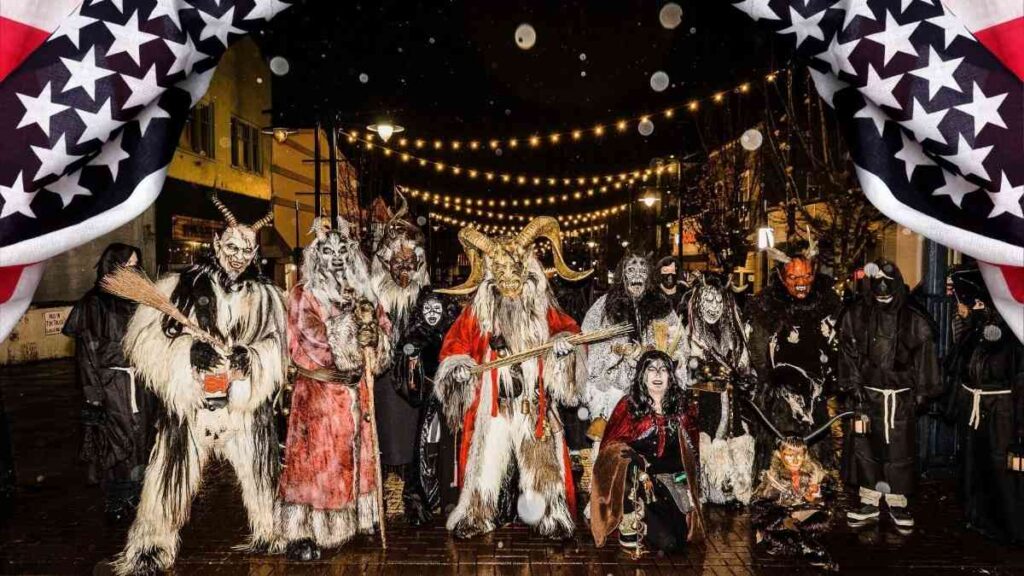
The Growing Popularity of Krampus Beyond the Alps
International interest in the festival has expanded dramatically in recent years. Particularly, the 2015 horror film “Krampus” introduced this folklore figure to global audiences, eventually triggering curiosity about the authentic traditions behind the movie. Krampus has found his way into Christmas celebrations far beyond his Alpine homeland.
American and Canadian communities with Germanic heritage have begun hosting their own Krampus festivals. Cities like Philadelphia, Portland, and Toronto now feature annual Krampusläufe organized by cultural enthusiasts. Interestingly, you might find celebrations closer to home if traveling to Austria isn’t possible.
This cultural exchange demonstrates how ancient traditions can find new relevance in the modern world. From my perspective, Krampus offers a counterbalance to the commercialized cheerfulness that dominates contemporary Christmas celebrations. Many people are drawn to the authentic, primal nature of these winter rituals that connect us to ancestral ways of understanding the darkest season.
What is Krampus to Modern Austrians?
Many Austrians today view the traditions as an important cultural heritage. Without question, participating in Krampus runs represents a connection to regional identity and history, ultimately strengthening community bonds. Young people eagerly join Krampus groups, spending months perfecting their costumes and performances. Rather than fading away, the tradition continues evolving with each generation.
Tourism has undoubtedly influenced how Krampus is presented. Over recent decades, some events now cater more to visitors’ expectations, with toned-down performances that focus on spectacle rather than fear. You’ll find variations ranging from family-friendly parades to authentic village runs where Krampus figures might actually chase unsuspecting viewers.
The economic impact of Krampus-related tourism benefits Alpine communities significantly. During winter, visitors seeking authentic winter experiences bring valuable off-season revenue to regions heavily dependent on tourism. Local governments now actively promote and support these traditional celebrations. While commercialization concerns exist, the economic benefits help preserve cultural practices that might otherwise struggle to survive.
My final recommendation for anyone curious about what it truly represents is simple: experience a traditional Krampuslauf firsthand. Nothing compares to standing in the cold winter air as these ancient figures emerge from the darkness, instantly connecting you to centuries of Alpine tradition. You’ll understand why this seemingly frightening custom continues to captivate both locals and visitors alike. Consider adding a Krampus festival Austria to your winter travel bucket list—it’s an unforgettable cultural immersion you won’t regret.



